Is it worth traveling halfway around the world to visit South Korea? For those unfamiliar with what this country offers travelers, it might seem easier to choose a closer destination with more familiar sights, saving a few hours on the plane. For such a long journey, many people end up choosing Japan, its popular neighbor. Perhaps for this reason, most tourists in South Korea are local or from nearby Asian countries, and foreign visitors from further afield are less common—a fact that stood out to us.
Even we, as regular and passionate travelers in Asia, took years of traveling around the continent before finally considering a visit. This was a shame, as South Korea—renowned for its cutting-edge technology—also carefully preserves its traditions, beautifully represented in the hanok folk villages, some of which are remarkably well preserved.
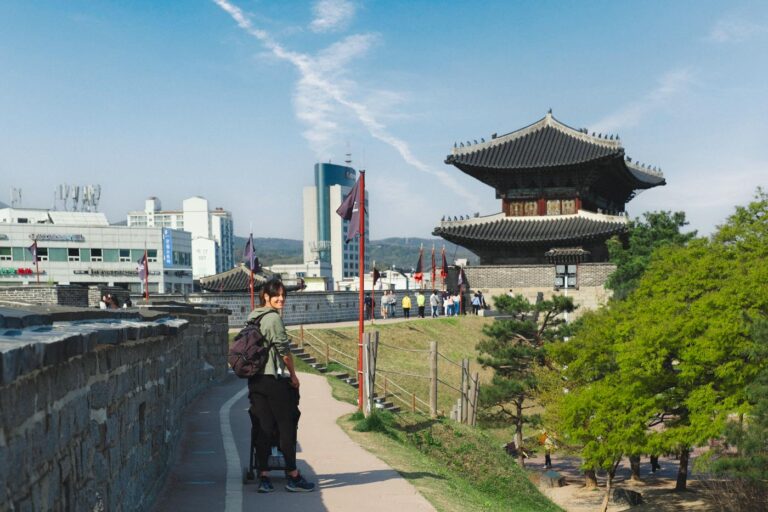
South Korea, thanks to its unique location and geography, is fortunate to offer a little bit of everything: extensive coastlines with beaches, islands, and fishing villages; a central region filled with national parks; and vibrant cities where you could spend weeks exploring.
Few destinations make you feel as welcome, with South Korea’s orderly environment and the kindness and good manners of its people, who have no trouble smiling and are always ready to share a warm gesture with a foreign family or young child.
If you plan to visit South Korea as a tourist, depending on your nationality you will need to apply for a visa (or not) and pay the relevant fees for stays up to 90 days. We recommend to get more information through the Korea Visa Application Center.
It goes without saying how important it is to travel to South Korea with a good insurance. We were the first ones to offer the famous 5% discount on IATI Insurance, but you also have it available with Heymondo Travel Insurance.
Follow the links below to get a discount on their website:
The best times to visit South Korea are spring and autumn, when temperatures are pleasant, and the seasonal colors enhance the landscape. Both periods are ideal for city exploration, hiking, and participating in festivals.
While many hotels, guesthouses, and restaurants in South Korea offer free Wi-Fi, some travelers prefer or need a constant connection. We’ve included details on obtaining a eSIM South Korea card with unlimited data. If you want to get one directly, use the following link (with a discount):
Seoul is especially known for its perfect blend of modern and traditional culture. This is evident in the contrast between tall, contemporary buildings and the hundreds of people dressed in traditional Hanbok costumes visiting the royal palaces of the Joseon Dynasty with their hard-to-pronounce names: Changdeokgung, Gyeongbokgung, Deoksugung, or Changgyeonggung.
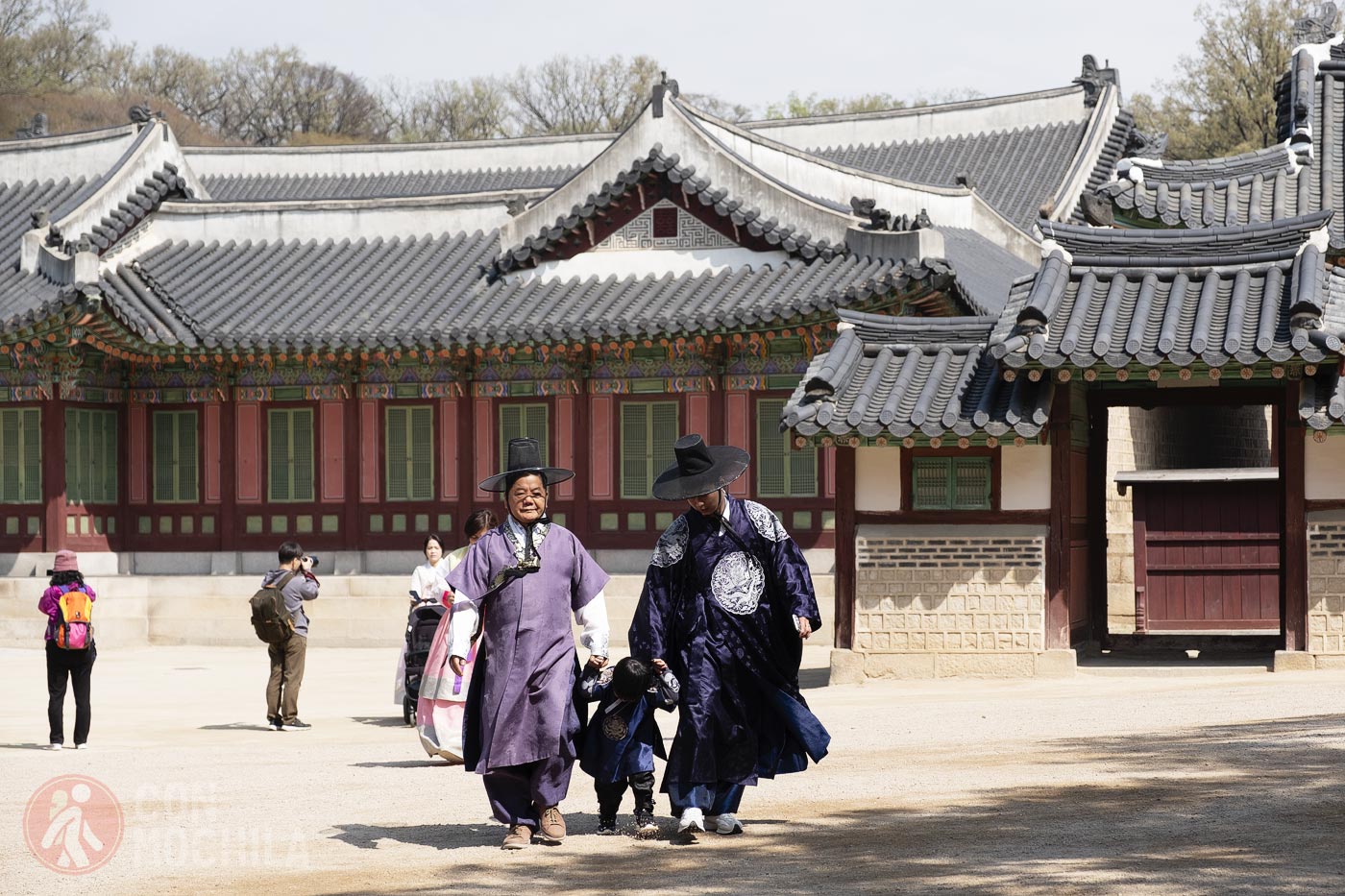
Climbing the slopes of Naksan Mountain, strolling through Ihwa Mural Village, walking along the Seoul City Wall, or visiting Bukchon Hanok Village, the first of many hanok neighborhoods you’ll see, are just a few of the countless experiences the capital has to offer.
Spend one of your days in Seoul exploring Suwon, though even a full day here may feel too short.
Famous for the Hwaseong Fortress, its walls stretch over 5 km and can be explored by tourists, locals walking their pets, and by cherry blossoms that are at their finest in April.
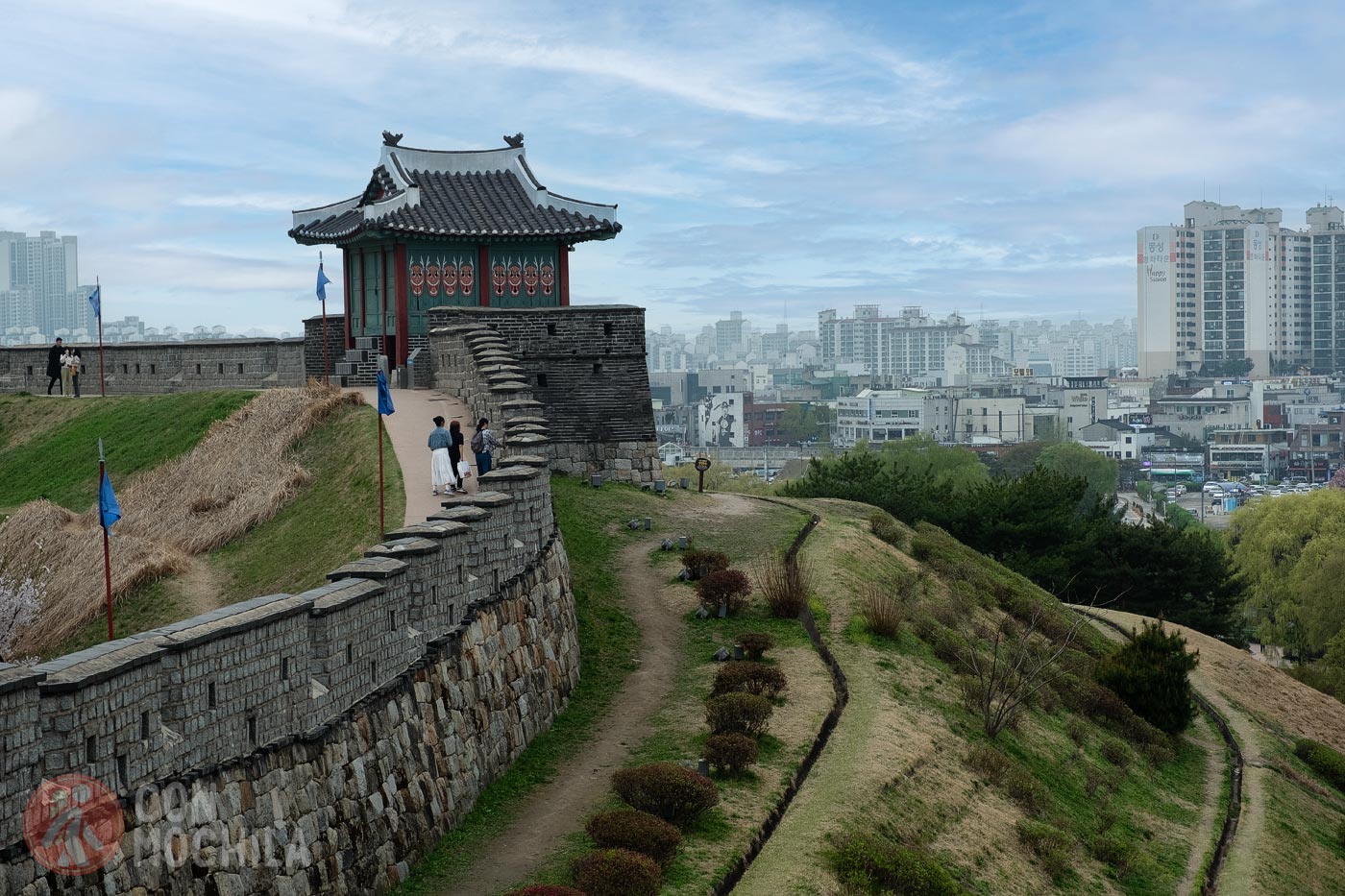
If you’re organized and have time for more, you can also visit Hwaseong Haenggung Palace or Paldalsa Buddhist Temple. For those who love visiting markets, don’t miss Paldalmun and Jidong.
Although Gyeongju‘s significance lies in its history as the capital of the ancient Silla Kingdom, its unique burial mound park, where kings and nobles were laid to rest in large earthen mounds, gives the city a distinct character that makes it a top tourist destination.
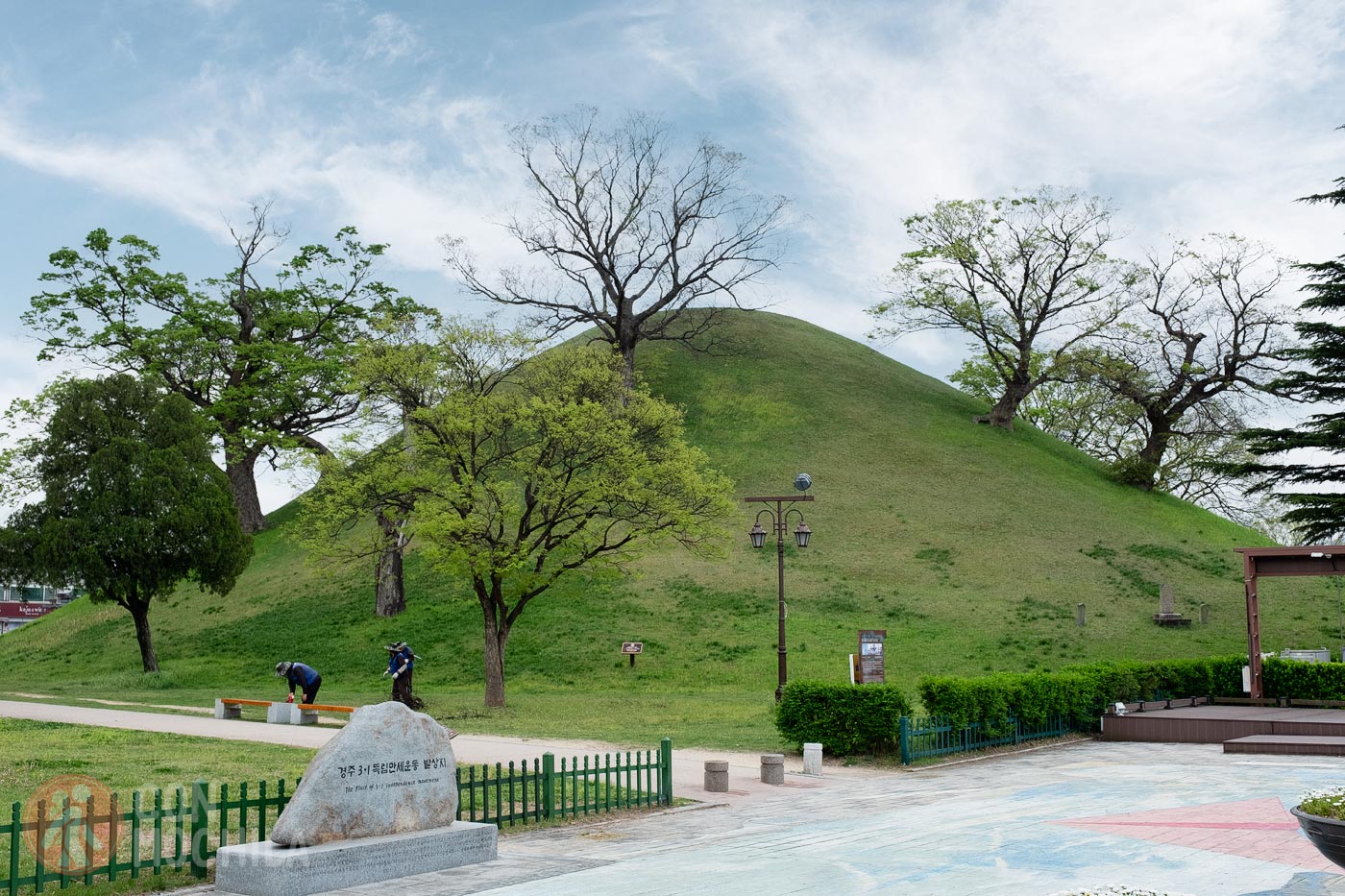
Here, you can also visit a modest yet beautifully preserved Hanok district. To complement your visit, consider seeing Woljeonggyo Bridge and Cheomseongdae, the oldest astronomical observatory in Asia. You shouldn’t leave Gyeongju without exploring Bulguksa Temple or taking an excursion to Seokguram Grotto.
Located in the southeast of the peninsula, Busan is a coastal city, the second largest in South Korea, and it boasts not only beaches and cliffs but also a wealth of attractions.
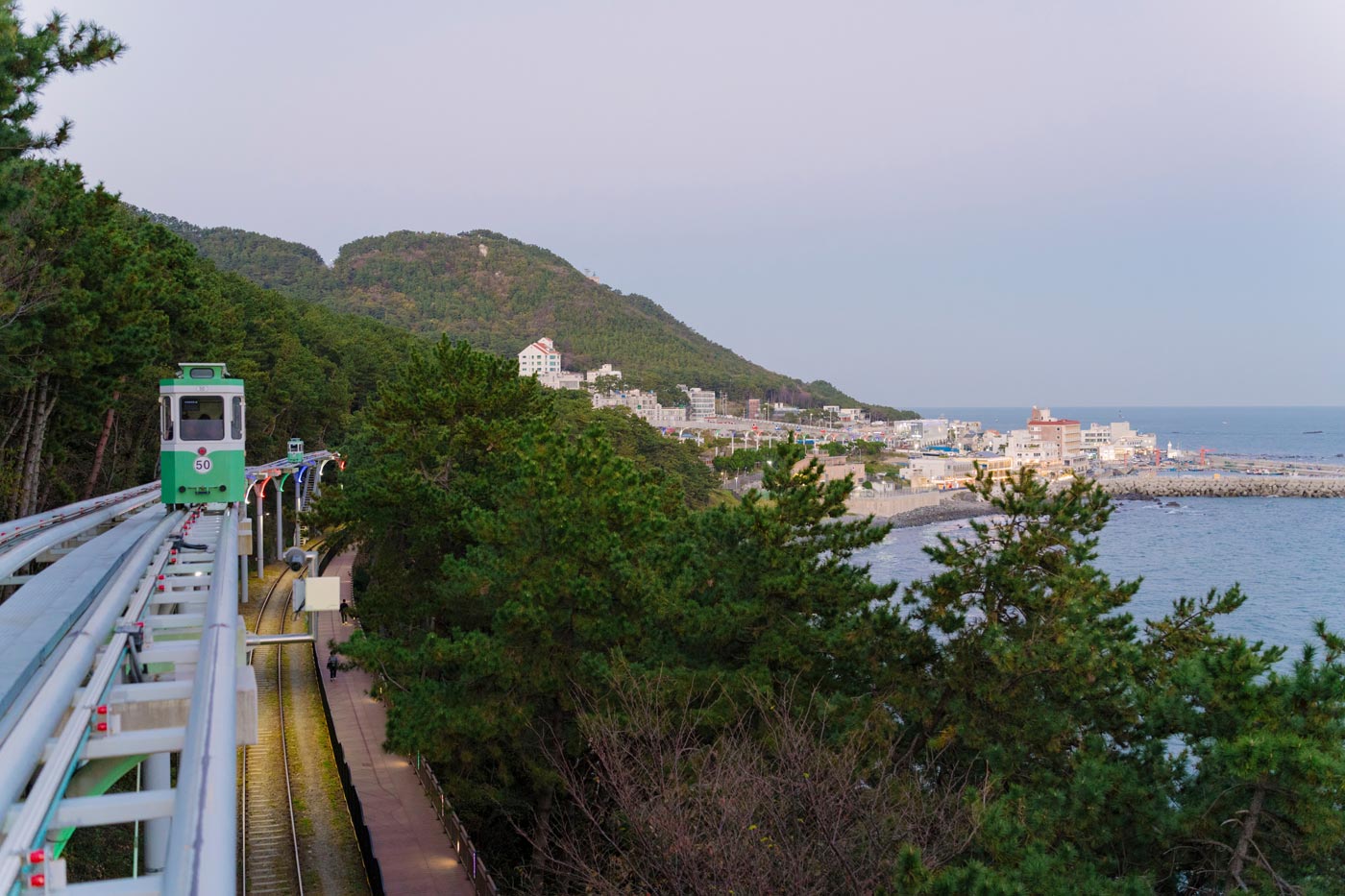
These include markets like Gukje and Jagalchi Market, the Beomeosa Temple, observatories like BUSAN X the SKY, and viewpoints like Busan Tower. Two must-dos we’re already looking forward to are exploring the vibrant Gamcheon Culture Village and taking a boat trip around Busan Bay.
Incheon is known for its Chinatown, the Open Port, and its access to islands like Yeongjong. Although it’s not one of the most popular destinations for travelers, if you’re interested in spending a day in South Korea’s third-largest city, an industrial port, you’ll find plenty to keep you entertained.
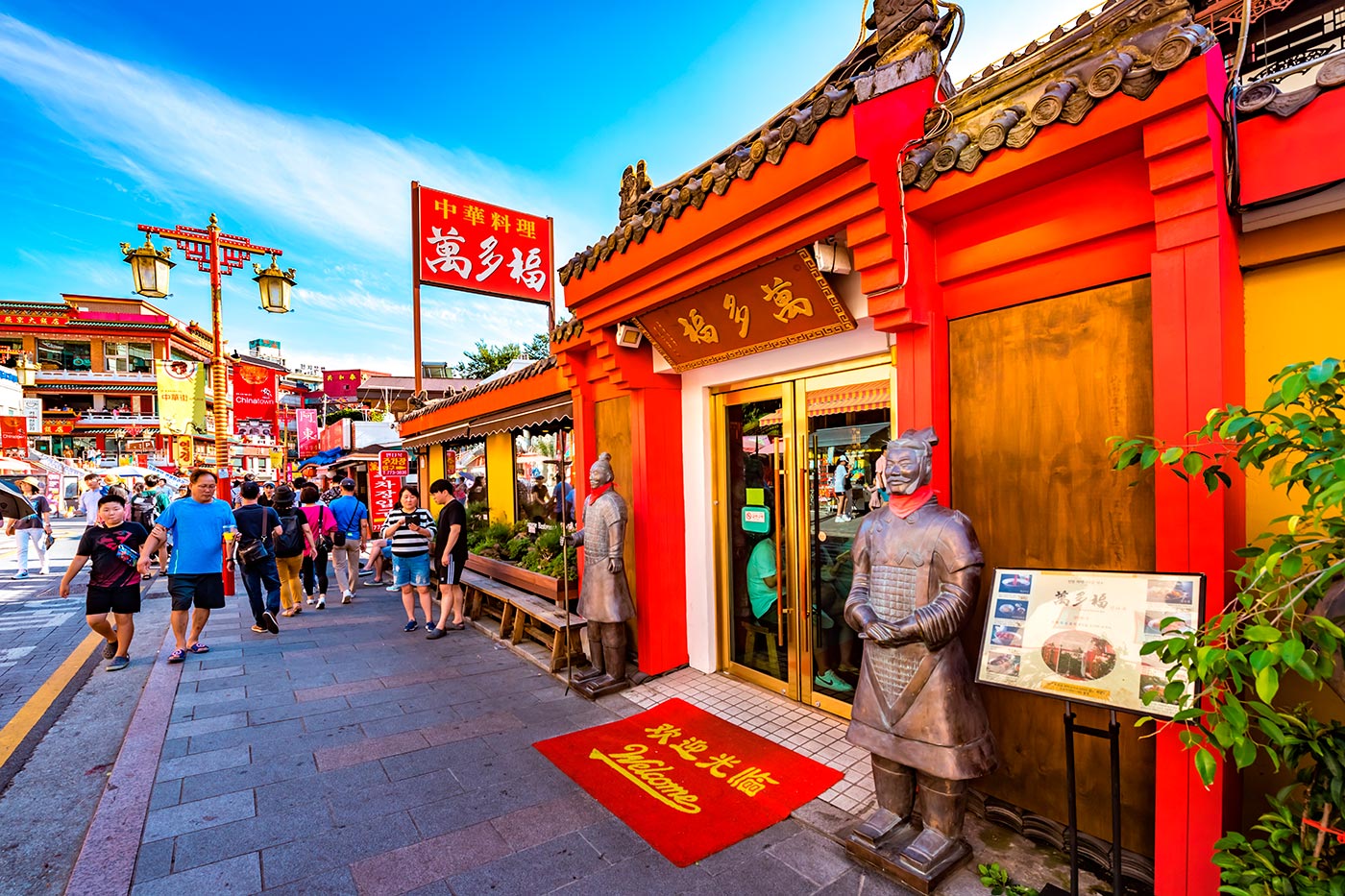
Examples include visiting the fish market, exploring the Sinpo International Market, heading up to the G-Tower viewing platform, or trying Chinese food. If you’re traveling with children, you might also enjoy visiting Fairytale Village or Wolmi Theme Park.
Korea’s hanok villages preserve the architecture and lifestyle of past centuries, particularly from the Joseon Dynasty. A “hanok” is a traditional Korean house built from natural materials like wood, paper, and stone, designed to harmonize with nature.
These villages are filled with hanoks that have maintained their original appearance, providing a glimpse into Korea’s ancient culture, daily life, and customs.
Fortunately, these traditional villages are found in many South Korean cities, so you’re almost certain to encounter one. Below are some of the most notable.
Jeonju is a highlight of any trip to South Korea, especially for its uniquely well-preserved Hanok district.
Despite being a popular tourist area, many travelers in Jeonju choose to stay in one of these traditional houses, with numerous options available—unsurprising given that Jeonju Hanok Maeul contains around 800 hanoks.
Many of these houses have been converted into restaurants, cafes, souvenir shops, ice cream parlors, or stores where you can rent hanboks, the traditional Korean costume, making a walk through its streets a lively and engaging experience.
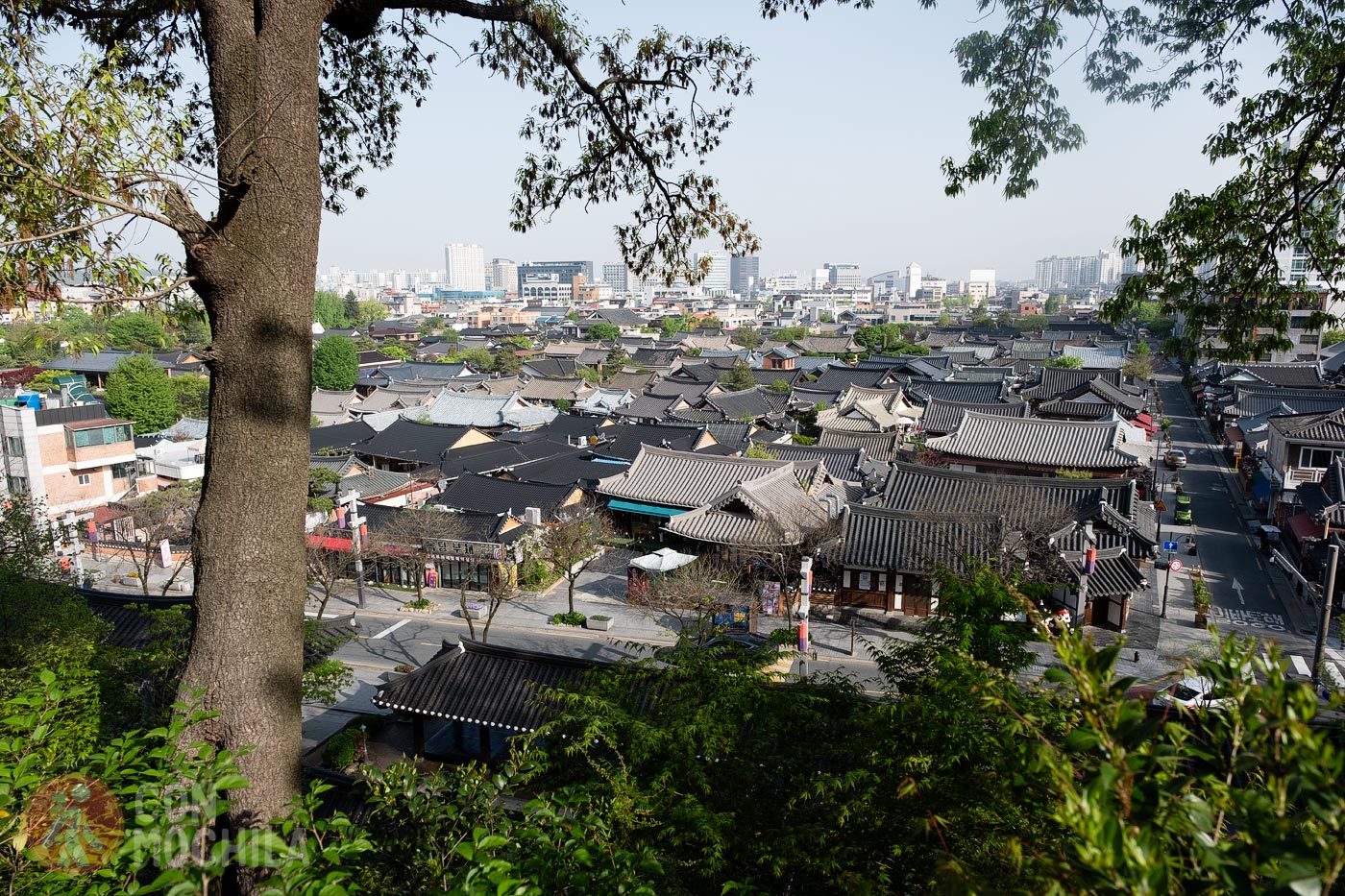
The village offers a true immersion into Korean culture, with craft workshops, music and dance performances, and the chance to sample local cuisine, including the famous rice dish bibimbap. Visitors can also participate in activities such as hanji paper making and pottery crafting.
As you might guess, Jeonju Hanok Village is large and has enough activities to easily fill an entire day.
If you close your eyes and imagine South Korea, you likely envision a street like those in Bukchon Hanok Village, where you’ll find the highest concentration of hanoks in Seoul—around 900. It contrasts beautifully with the city’s modernity, which is part of its charm.
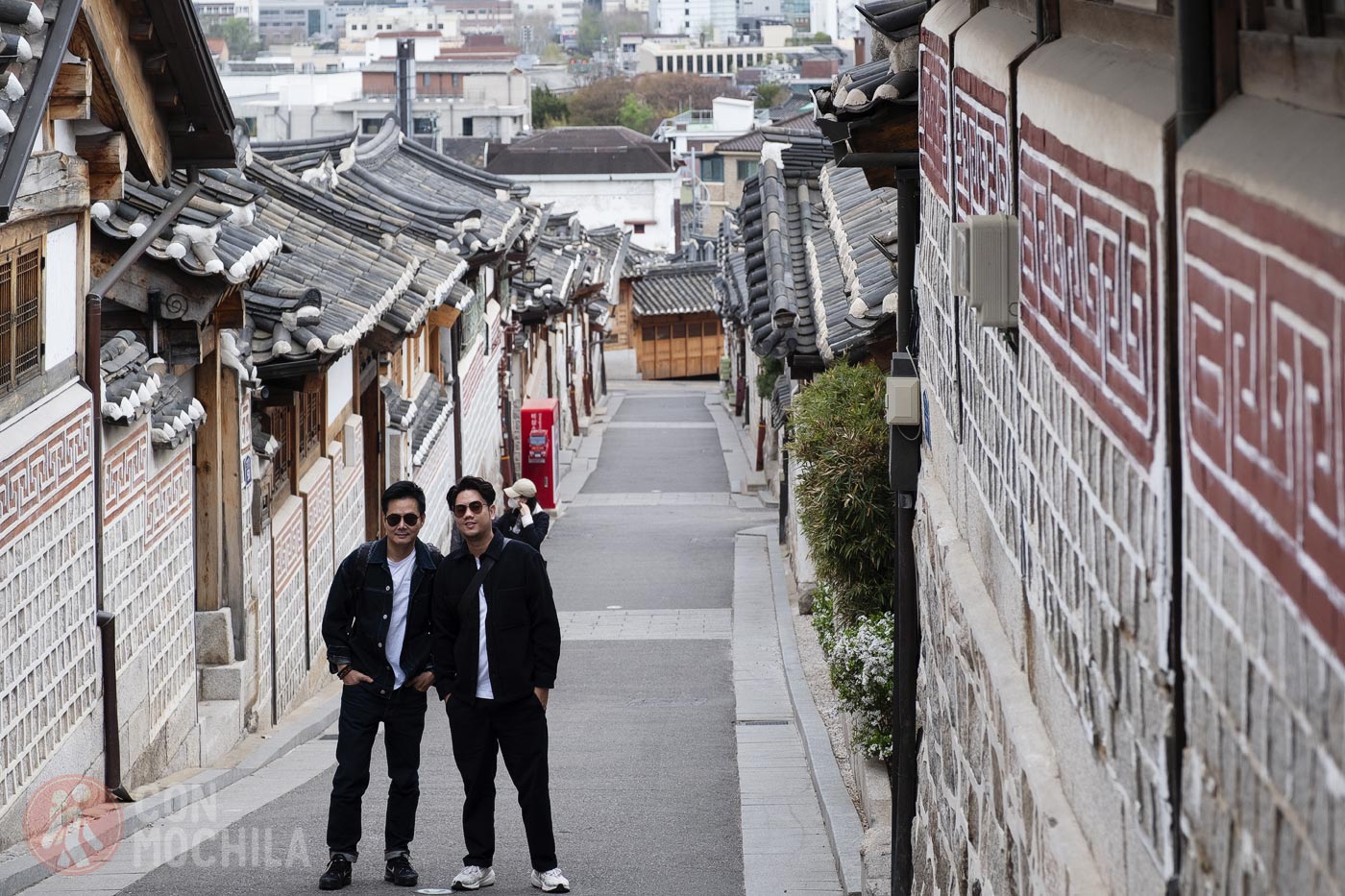
This residential neighborhood, which reveals Seoul’s most traditional side, kindly requests visitors to respect its local residents. Here, you can also step inside some of these historic houses.
Ikseon-dong Hanok Village, also in Seoul, presents a different experience. Most traditional houses in this old neighborhood have been transformed into shops and restaurants, offering a distinct vibe compared to other traditional villages, yet retaining its unique appeal.
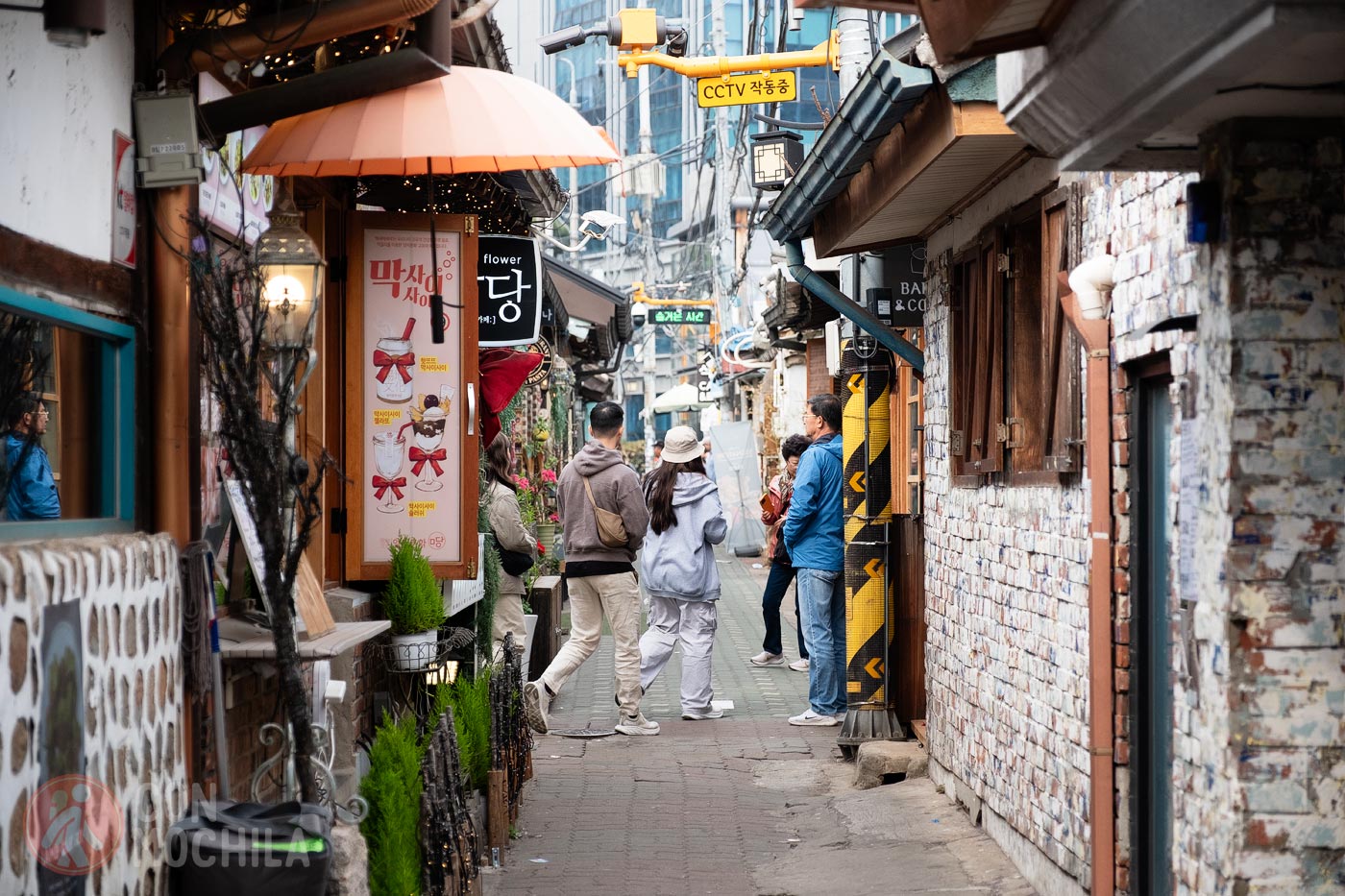
The village is lively at any hour, with places for breakfast and dinner, snacks and drinks, as well as classic photo booths where you can capture fun memories.
Have you become a fan of traditional neighborhoods by now? If so, Andong should be on your list of places to see in Korea. From this unassuming city, known as the cradle of Confucianism, you can visit two remarkable sites.
The first, close to the city, is Andong Folk Village, set in a picturesque spot along the Nakdonggang River. The views from Woryeonggyo Bridge are especially stunning in spring when cherry blossoms tint the landscape pink.
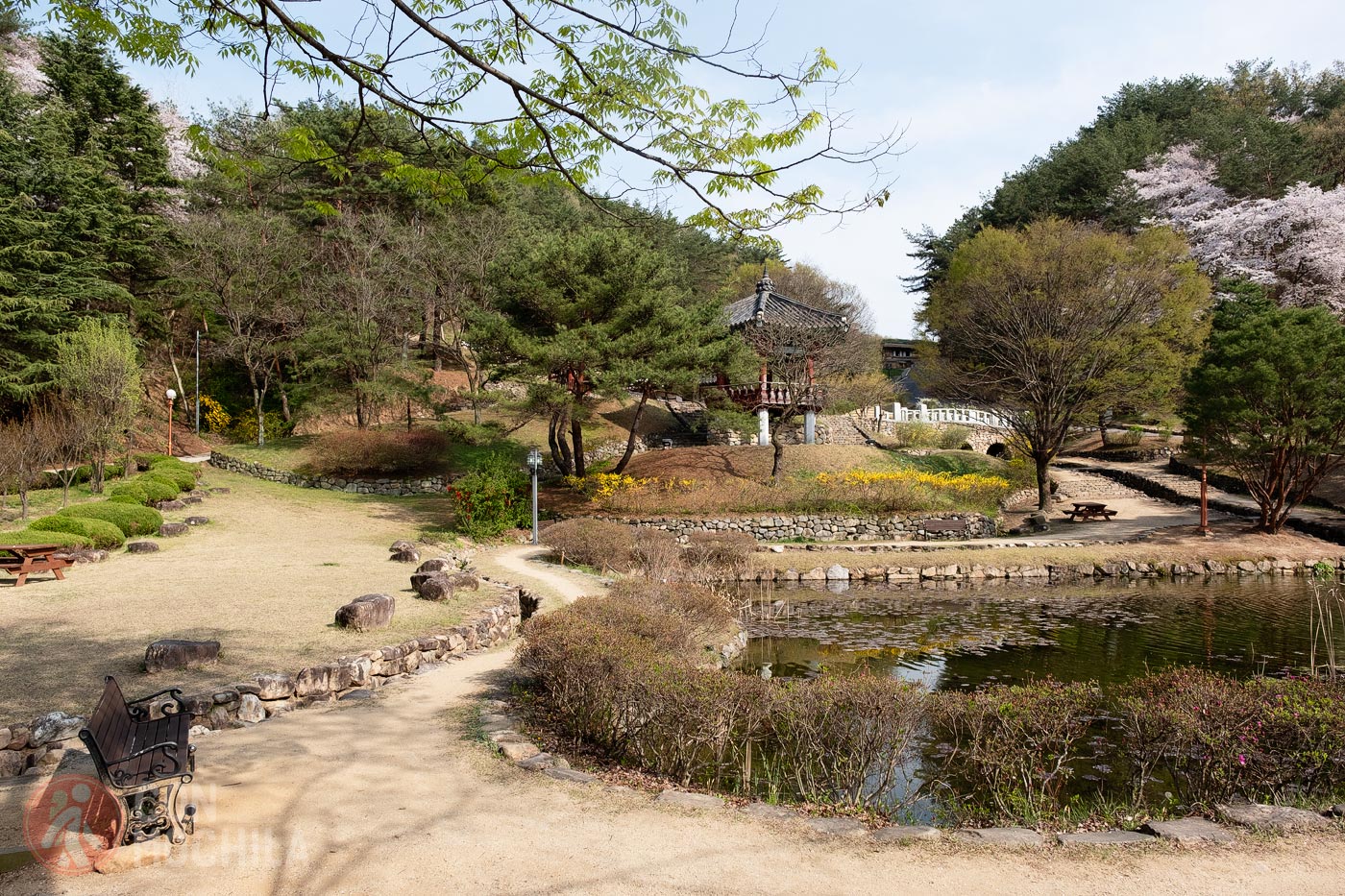
These traditional houses were actually relocated here to prevent them from being submerged by the Andong Dam. Despite this, they remain authentic, and many allow visitors to explore their interiors.
What truly makes Andong worth visiting is its proximity to another traditional village, the Hahoe Folk Village, a picturesque settlement recognized as a UNESCO World Heritage Site since 2010.
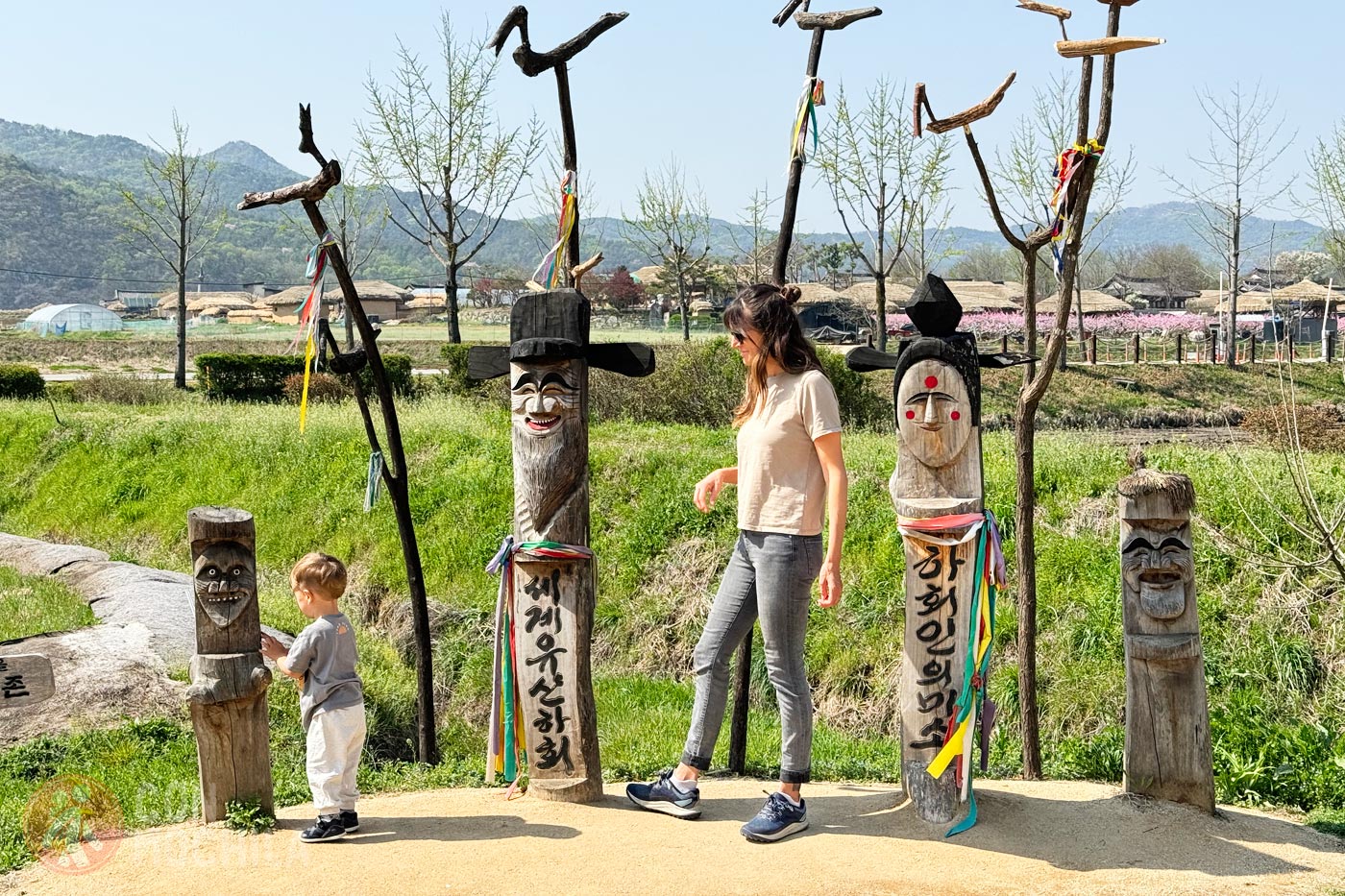
Here, you’ll experience an authentic taste of the traditional rural atmosphere, though it can get busy on certain days and has a few souvenir shops. This village, preserving the architecture of the Joseon Dynasty, is still home to around 200 residents, so respecting their privacy is important.
This Hanok Village is considerably larger than the others mentioned. At the entrance, which may feel a bit like the entrance to a theme park, you’ll find a variety of restaurants where you can sample local cuisine. We recommend setting aside an entire morning to fully enjoy this visit.
The charm of Yangdong Folk Village, often visited from Gyeongju, lies in its beautiful natural surroundings and well-preserved structures, despite its centuries-old history. Established over 500 years ago, this village is honored as a World Heritage Site and remains a vibrant, inhabited community.
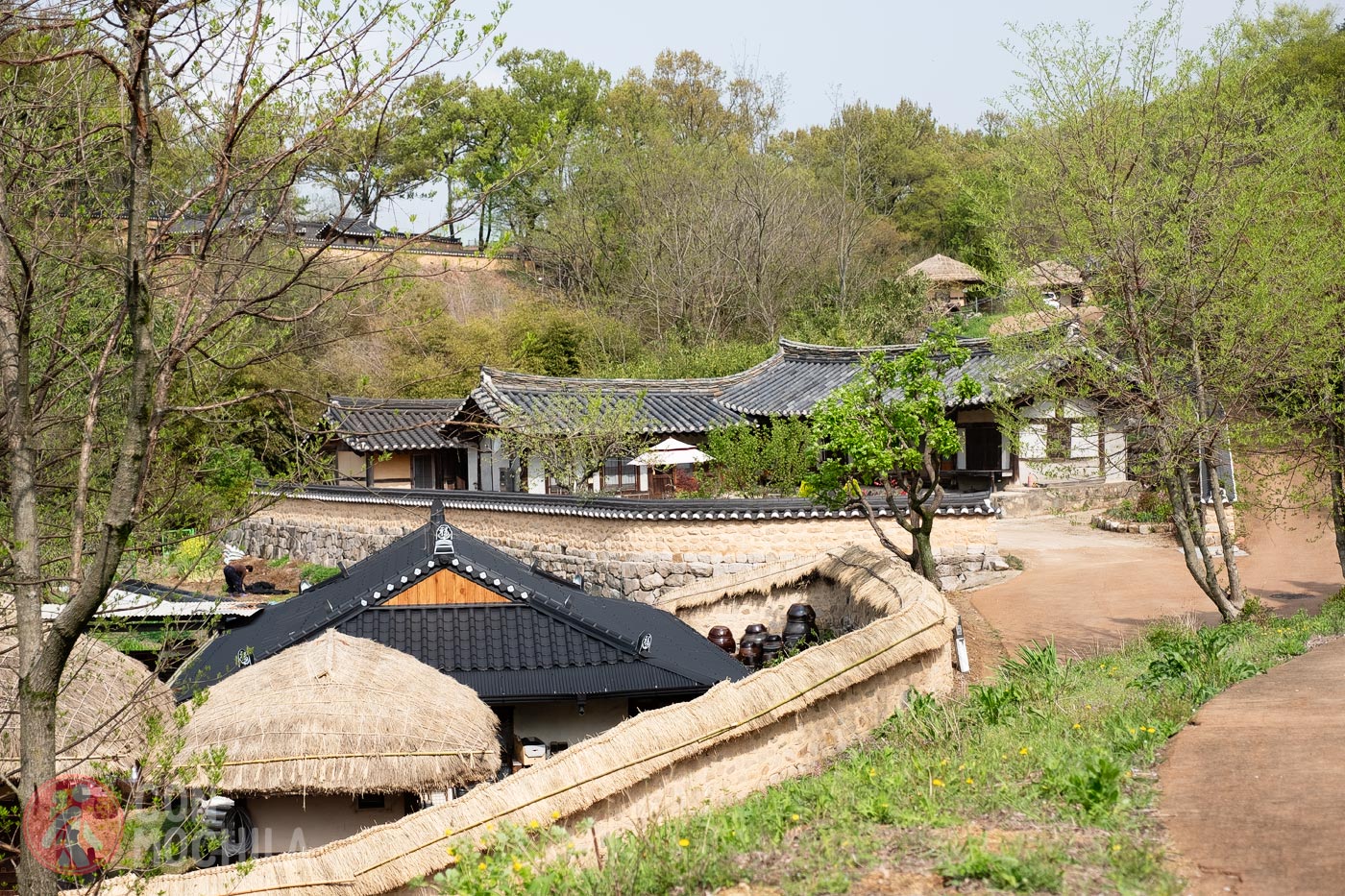
For the best experience, start at the visitor center, where they’ll provide a map, explain the layout of the various neighborhoods, and point out significant buildings such as the traditional school and the large homes of former clan leaders.
Last on our list due to its southern location—but certainly not least in importance—is Jeju Island. This is a beloved destination among Koreans, and as the largest island in the country, it offers great natural beauty with well-developed infrastructure for easy access.
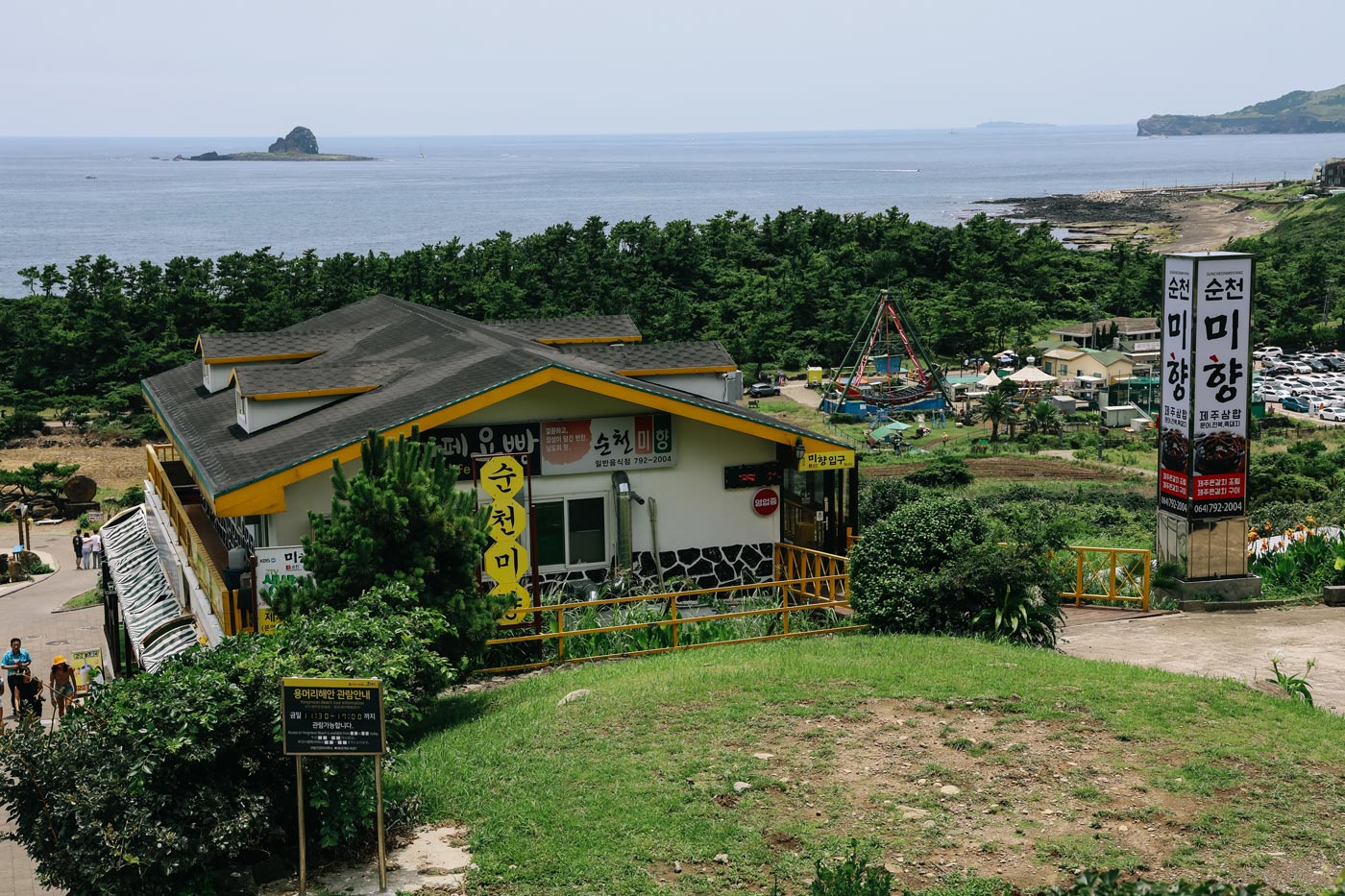
Jeju is ideal for the final days of any itinerary, with its pristine beaches, dramatic cliffs, waterfalls, volcanic landscapes with craters, caves, national parks, and even a few traditional villages like Seongeup. And if that’s still not enough, you can take short trips to nearby islands like Udo or Biyangdo.
As you can see, South Korea is a destination with diverse attractions to suit any traveler. Is it already on your bucket list?
The interior of South Korea is rich in natural beauty, with several national parks perfect for outdoor enthusiasts. Seoraksan is particularly famous for its scenic landscapes and is popular during the high season in the summer months. Recognized as a UNESCO Biosphere Reserve, Seoraksan offers forests, unique rock formations, and temples dating back to the Silla Dynasty.
Other national parks, such as Sobaeksan, Woraksan, or Songnisan, are often closer to central itineraries. However, if you’re a dedicated hiking enthusiast who enjoys spending hours immersed in nature, consider venturing off your planned route to explore one of these spectacular parks.
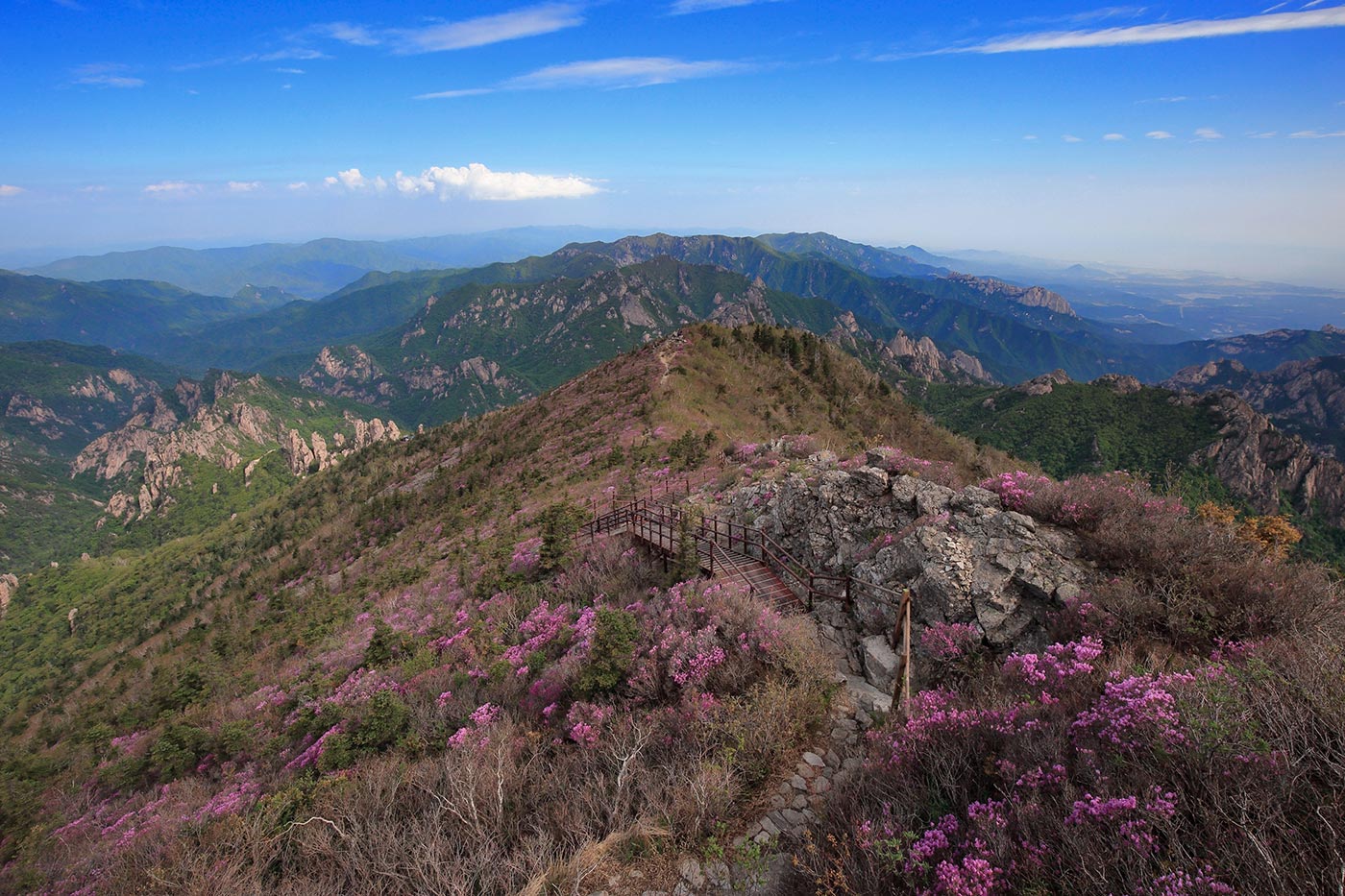
If you’re not planning to visit a national park but still feel drawn to nature and are headed to Jeju, check out the Jeju Olle Trail—a network of coastal paths.
Nestled along a sharp bend of the Namhan-gang River and protected by the mountains of Sobaeksan National Park, Danyang is a charming, understated town that doesn’t typically attract large crowds.
Though not the most picturesque town in South Korea, Danyang offers a rural atmosphere and a serene setting. If you’re seeking a closer connection to nature or a few days of peaceful relaxation, here you’ll find tranquility without sacrificing opportunities for discovery and adventure.
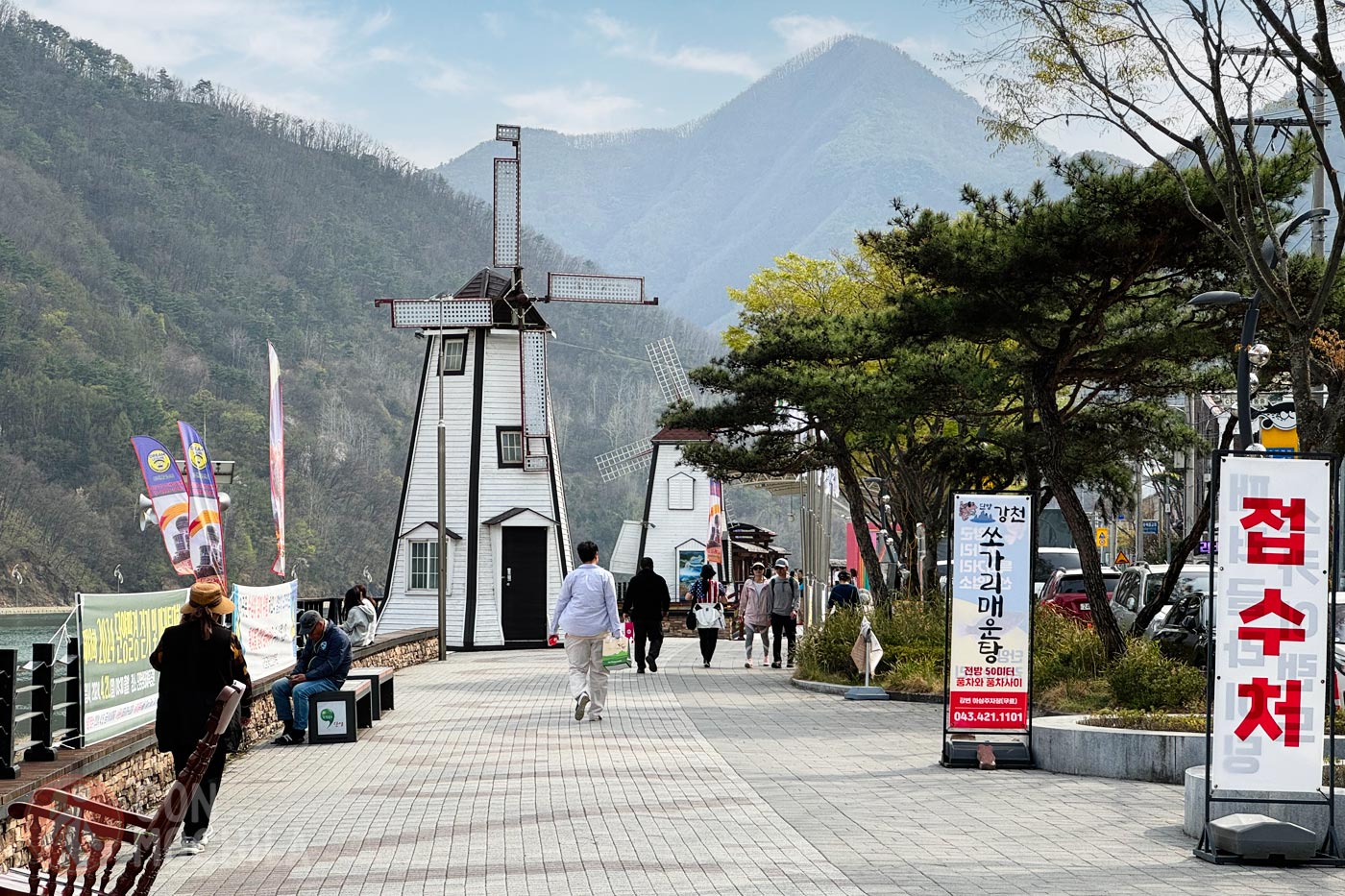
Danyang is also an ideal starting point for visiting the remarkable Guinsa temple complex, the main center of the Cheontae school of Buddhism, where you can enjoy a meal or even stay overnight. Other outings include the Gosu limestone caves, the Mancheonha Skywalk, the riverside boardwalk, or a trip into the national park itself.
Don’t overlook spending an afternoon in town, where you can stroll along the river promenade, have a coffee, and explore the market to sample local snacks.
South Korea may not immediately come to mind as a beach destination, especially with other Asian countries famous for their tropical paradises.
However, if you’re traveling during the warmer months, South Korea’s extensive coastline offers some charming coastal towns and cities worth visiting. Whether you’re drawn to beaches, ports, scenic promenades, fresh seafood, or the relaxed coastal vibe, you’ll find options to suit your itinerary.
If you’re visiting Seoraksan National Park, consider spending the evening in Sokcho to enjoy fresh seafood for dinner and perhaps learn more about the DMZ at the local museum.
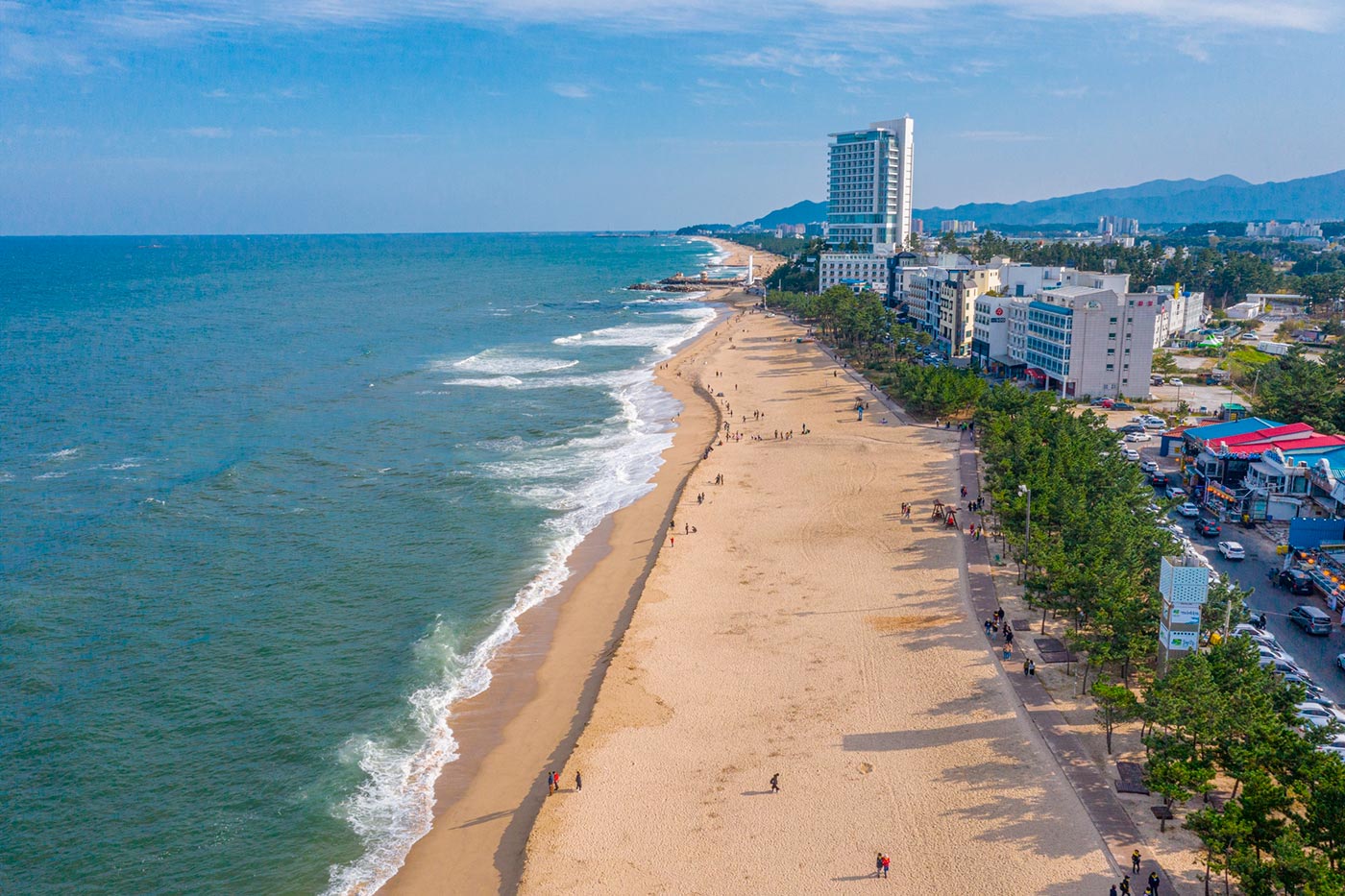
Further down the east coast in Gangneung, you’ll find Gyeongpo Beach—a perfect spot for a break. A little farther south lies Samcheok, where you can explore nearby coves, caves, and parks.
If your itinerary leans toward the west coast, consider visiting beaches like Mallipo, Khotji, or Daecheon, where you can even enjoy a mud treatment.
Initially, our philosophy was always “book the first night, then choose hotels as you go.” However, as travel increased and new hotels opened, it became harder to find last-minute accommodation. So, we started using booking websites.
The advantage now is that you have a wide selection of hotels and guesthouses just a click away, which you can compare and choose from before you even arrive at your destination. If you prefer traveling without strict plans, you can at least book your next destination in advance.
We recommend platforms like Booking.com or Agoda.com, which are very active in South Korea. And there is also a list of recommendations below:
South Korea is a country where traveling by public transport is very convenient. The railway network reaches almost everywhere, and if trains aren’t available, there’s always a bus. The stations are organized, clean, and punctual, making public transport a pleasure to use.
Apps like Maps.me and Kakao will help you create routes and choose the lines and schedules that best fit your plans.
In Seoul, the subway will be your best ally. Although there’s not much written in English, it’s very intuitive to navigate, as is often the case with subways. The many subway lines make it easy to reach any part of Seoul.
In other cities, especially if you want to explore areas on the outskirts or a few kilometers from the city center (such as some Hanok villages), it’s essential to use services available through travel apps.
Click on the image and it will take you to a new Google Maps window with all the points of interest to travel around South Korea.